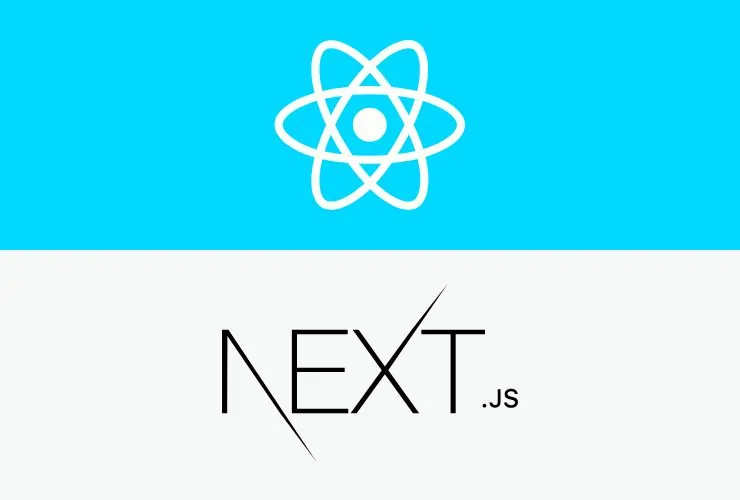In today’s digital world, enterprises need powerful, scalable, and efficient technologies to stay competitive. React is one of the most popular JavaScript libraries for building user interfaces that has become the first choice for large organizations building dynamic and high-performance web applications. In this blog, we look at real-world case studies of how enterprises have successfully implemented React, the benefits they realized, and the best practices driving improved performance and faster development.
Why Companies Use React
Companies are switching to React for a few strong reasons:
- Component-Based Architecture: Modular architecture of React enables the development teams to develop reusable UI components that save development and maintenance time.
- Efficient Rendering: Updating and minimizing performance bottlenecks is achieved through virtual DOM in React, so applications work fluidly and well even at peak loads.
- Scalability: With React, one can handle everything from simple interfaces to highly complex data-intensive applications, so it is highly suitable for enterprise projects at the scale.
- Strong Community Support: This has an enormous community with a rich set of libraries and tools, hence providing rapid problem-solving and continuous innovation.
Declarative Programming and Integration Seamlessly: Integrating with other libraries and technologies at the back end is easier in React and flexible for complicated enterprise ecosystems.
Case Study 1: Global Retailer Drives Engagement and Conversion
A leading global retailer was experiencing slow page loads and an outdated front-end system that were impacting user experience and sales. By migrating to React, the retailer saw the following improvements:
Faster Page Loads: Adoption of React’s virtual DOM resulted in up to 40% faster load times, giving customers a faster, smoother browsing experience.
This approach helped in delivering an improved user experience with a component-based architecture that easily enabled the updating of features on the website without making it look old or interesting to visit.
This made it withstand much traffic when the shopping periods came along, and it increased the conversions with greater customer loyalty leading to retention of market position.
Sales Increased but, along with sales, it increased responsiveness to build a more responsible brand image to keep competitive position.
Case Study 2: Financial Services Innovate with Dynamic Data Visualization
A leading financial services company had to makeover its client-facing applications for processing complex, real-time data. With React, the company streamlined and:
- Re-usable Components: A library of reusable components was provided by development teams. Redundancy was reduced and speed to market application updates were accelerated.
- Real-time Data Processing: Integration of real-time data visualization tools was smooth because React renders efficiently. Clients now had immediate access to current financial insights.
- Improved Collaboration: A standard, component-driven way strengthened collaboration among teams. Because development cycles reduced shorter turnaround and faster delivery of new features was done.
Such improvements result in a much more robust and dynamic digital platform for the financial institution to deliver timely and accurate data and ultimately bring about improved overall client satisfaction.
Best Enterprise React Development Practice
Apply these best practices to maximize the benefits of React in enterprise development:
Adopting a Component-Driven Approach
Decompose difficult user interfaces into smaller pieces to make it possible to handle a codebase effectively. In turn, it supports faster update speed and the opportunity for testing quicker cycles.
Employ Advanced State Management
Large application development must adopt state management using libraries such as Redux, MobX, and Context API, which enable maintenance of predictable states across an application and hence promote smoother interactions with the system.
Apply Code Splitting and Lazy Loading
Reduce initial load time by breaking your code into very small pieces that loads only on demand. This ensures quicker load times because only parts of the application are loaded at one time.
Develop full responsive and accessible applications across all devices. This is as important for delivering a seamless user experience as it is for full compliance with accessibility standards.
Implement SSR
Usage of frameworks like Next.js to perform server-side rendering. SSR can help load pages faster and improve SEO as well since the server would render the first view of your application and then pass it to the client.
Constant Monitoring and Optimization
Make sure to use tools like Google Lighthouse, New Relic, or Datadog in order to constantly monitor the application’s performance. Use analytics, user feedback to refine your code, optimize your queries, and identify potential bottlenecks in your code.
Manage Dependencies and Optimize Code
Review your project’s dependencies periodically, remove unused libraries, and update existing ones. Optimizing the codebase and reducing bloat can lead to a leaner, faster application.
Security Focus
Secure Authentication – Secure the authentication, manage user data properly, and secure against common vulnerabilities. Security is very important, especially when large enterprises are using this technology.
Future Trends in Enterprise React Development
As adoption of React increases in enterprises, several trends have cropped up:
- Authentication – Breaking large applications into smaller, independently deployable modules.
- Better State Management Tools- Evolution of libraries that simplify state management in complex applications.
- Enhanced Developer Tooling: debugging, profiling and performance monitoring continuous improvements.
- Working with AI and Machine Learning : Leveraging react with AI powered insights to produce customized user experience
Final Word
React has led the enterprise application development project, providing strong, scalable, and efficient solutions for building complex web applications. Case studies at a global retailer and a major financial services company are successful examples where its component-based architecture, efficient rendering, and scalability lead to tangible business benefits. Following best practices and keeping an eye on emerging trends will help enterprises not only meet current digital challenges but also prepare for future growth.














